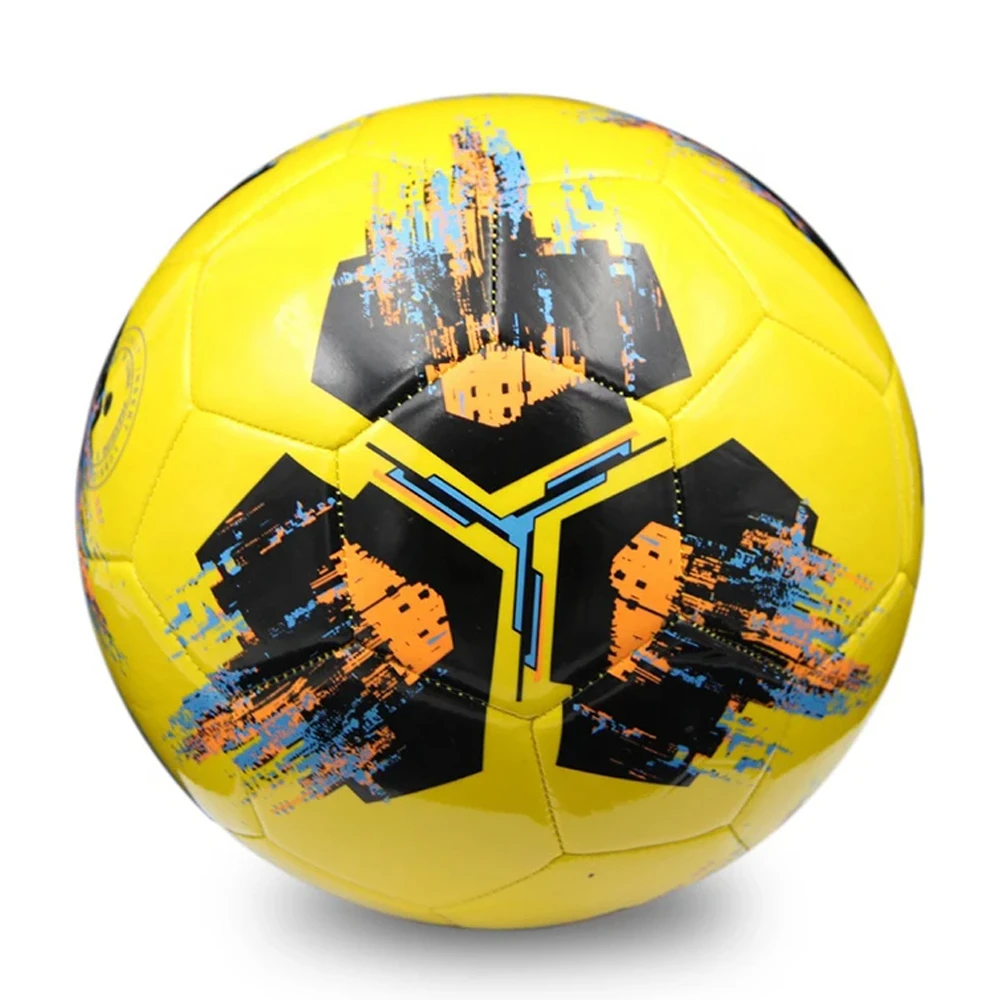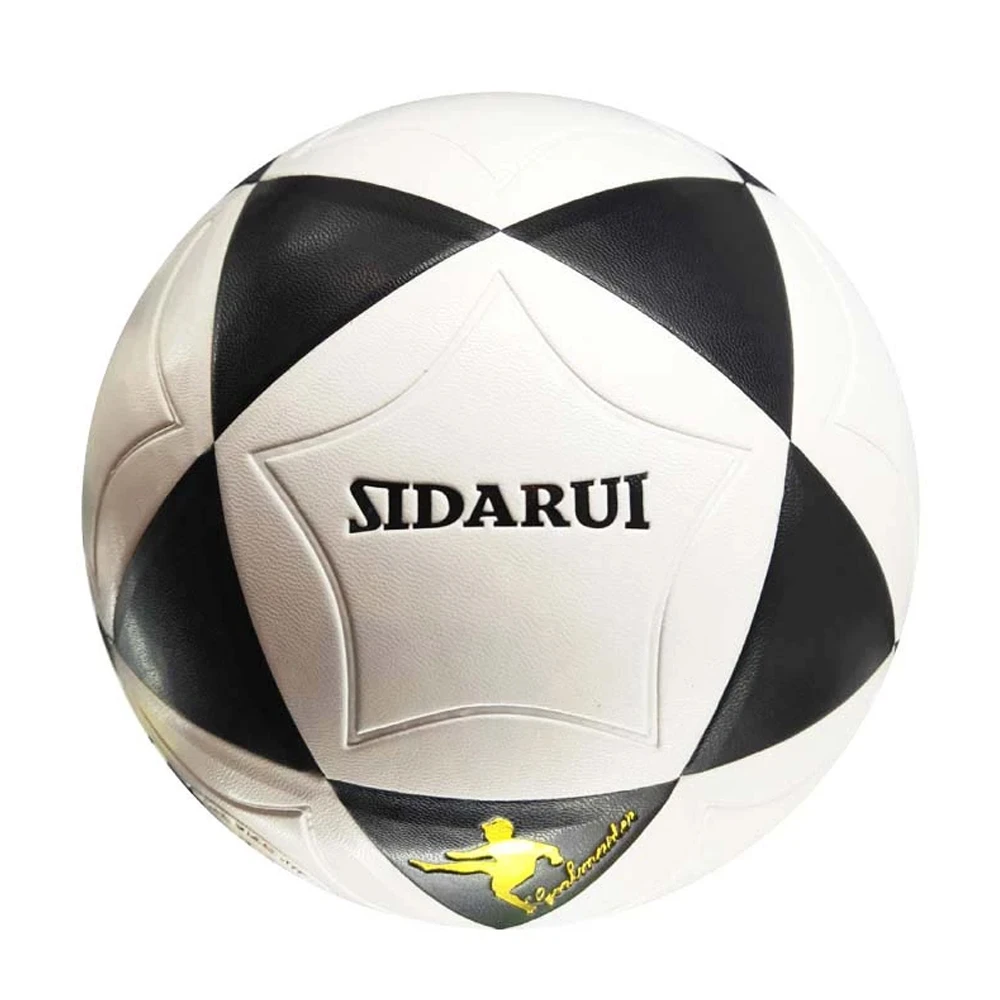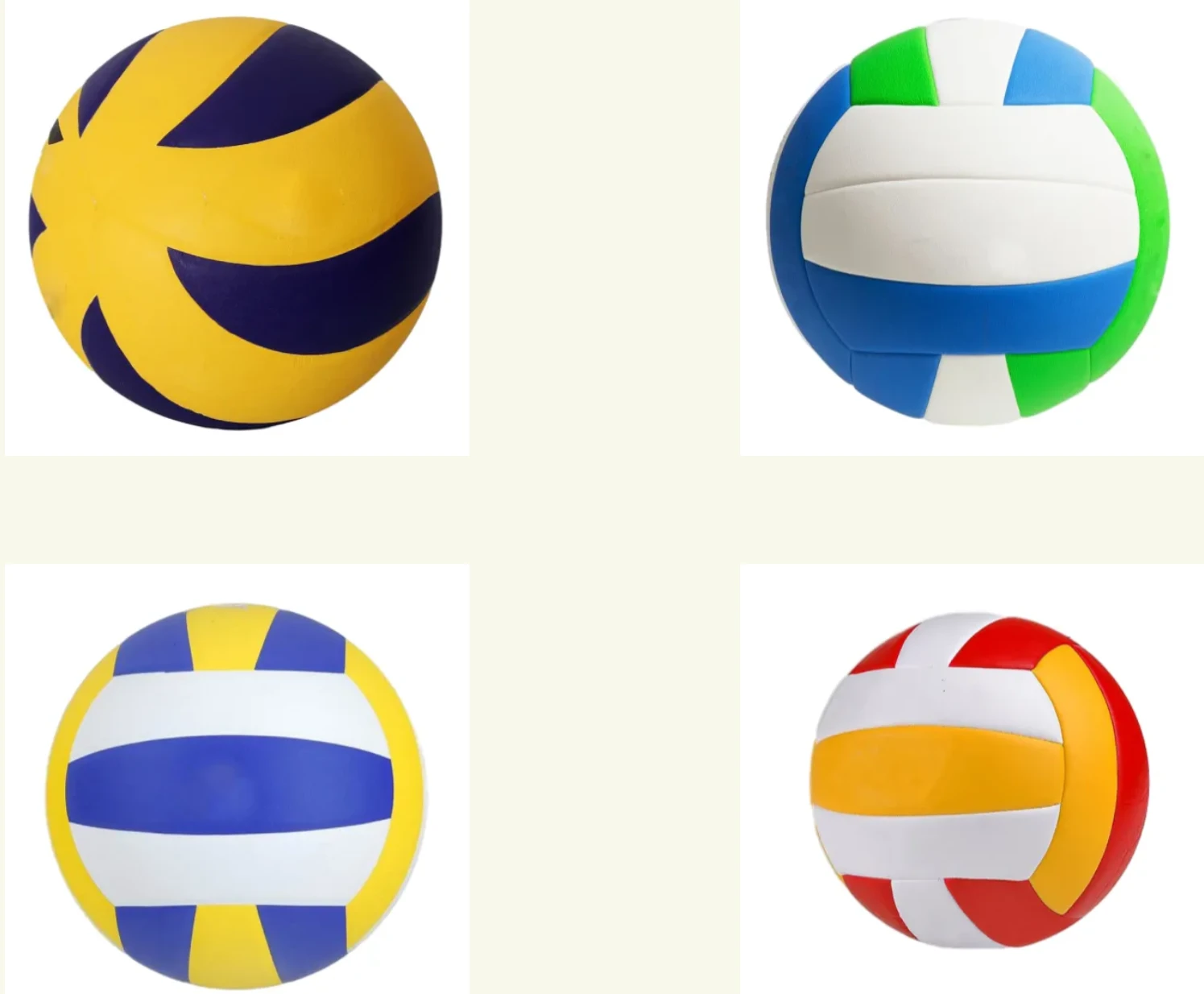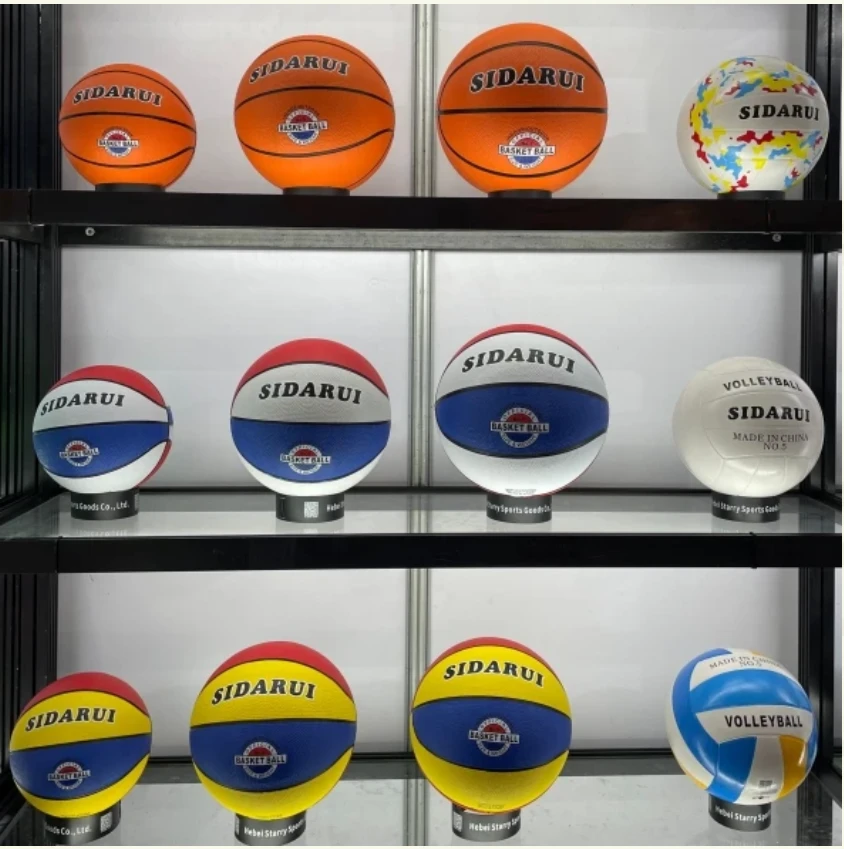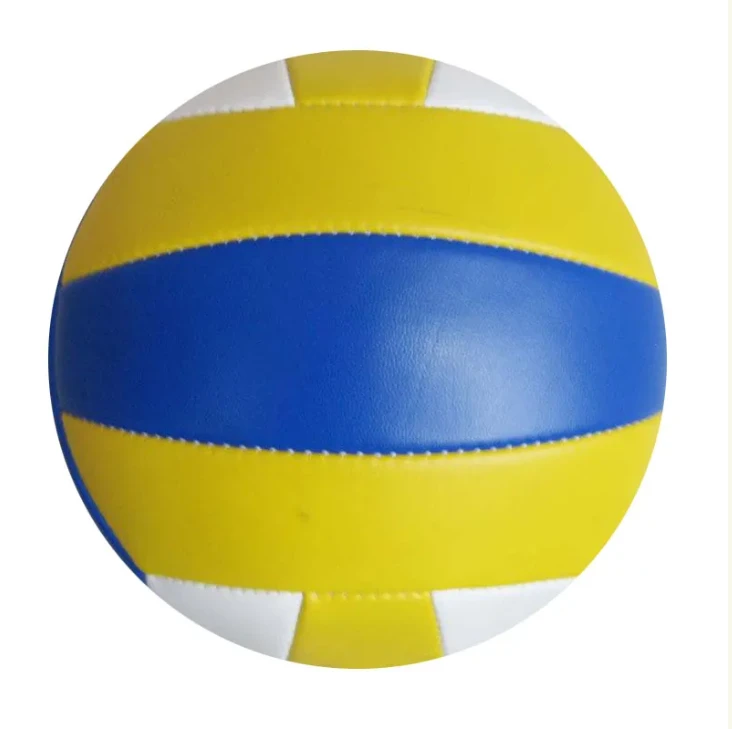May . 26, 2025 09:50
One of the most popular options today for players of all levels is the machine stitched football, known for its durability and consistency. Compared to hand-stitched models, these footballs are made using high-speed machines that ensure every panel is uniformly secured. This method creates a smooth finish and consistent shape, which is especially beneficial for accurate passes and shots. Whether you’re playing on grass, turf, or even indoor courts, a machine stitched football performs well and lasts longer under daily use. It’s also a favorite choice for clubs and schools that need affordable yet dependable gear for frequent practice. Because machine stitching offers tighter seams, it reduces the chances of water seeping into the ball during wet conditions. The result is better performance retention even in less-than-ideal weather. For those looking to purchase quality at scale, the machine stitched football is a practical and widely available solution that fits both budget and performance needs.
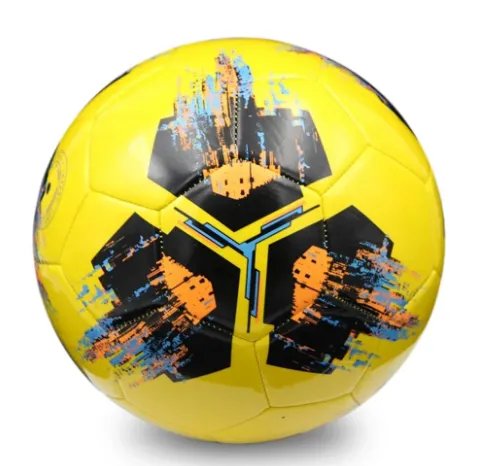
Machine Stitched Soccer Ball Gains Popularity With Youth Leagues
The machine stitched soccer ball is becoming a go-to option for youth leagues and beginner-level training sessions thanks to its resilience and ease of use. Unlike premium match balls that require careful handling, these machine-made balls can handle rough play, repeated kicks, and a variety of surfaces. Coaches and parents appreciate how accessible the machine stitched soccer ball is in terms of price, while still offering an experience that mirrors professional balls in look and feel. Many models use synthetic leather or TPU outer layers that provide both softness and abrasion resistance. This makes the ball safer for younger players and also ensures a longer lifespan. Since the production process allows for mass production without losing quality, more programs can equip their teams affordably and consistently. Whether it’s a first-timer’s practice session or a neighborhood scrimmage, a machine stitched soccer ball helps players build confidence and improve skills with every kick.
Rubber Moulded Football Vs Stitched: Key Differences Explained
When comparing rubber moulded football vs stitched, the choice depends largely on intended use and budget. Rubber-moulded footballs are made using a single, heat-pressed mould that bonds the panels without any stitching, making them highly waterproof and extremely durable for rough surfaces like concrete or asphalt. On the other hand, stitched footballs—especially machine-stitched ones—offer better shape retention, touch, and control, making them suitable for organized play and grass fields. For schools and training camps where balls are used outdoors in various weather conditions, rubber-moulded options are often preferred for their resilience. However, those looking for enhanced gameplay, accurate flight, and a closer feel to professional balls generally lean toward stitched models. In the rubber moulded football vs stitched debate, rubber-moulded wins on toughness and affordability, while stitched wins on playability and consistency. Knowing the pros and cons of each type helps coaches and buyers choose the best ball for their specific needs and conditions.
Which Football Is Better For Training, Matches, And Fun
The question of which football is better comes up often among buyers looking for the right gear for various environments. There isn’t a one-size-fits-all answer, but understanding what the ball will be used for can guide the decision. For organized matches and skill-focused training, stitched footballs—particularly machine-stitched models—tend to offer superior balance, better air retention, and truer bounce. These features are critical for accuracy and player development. In contrast, if the goal is rough outdoor play, community use, or budget-friendly options for schools, rubber-moulded footballs are often the smarter choice. They hold up well against tough surfaces and weather, and don’t require frequent replacements. The decision about which football is better often comes down to context: high-level training benefits from precision and feel, while casual or rugged environments demand durability and ease. Brands today also offer hybrid models, but knowing your primary need helps narrow down the best fit for every level and situation.
Which Football Is Better FAQs
What’s the main difference between stitched and moulded footballs?
The biggest difference is in how they're made. Stitched footballs are sewn together, offering better shape and control, while moulded ones are heat-pressed, making them more durable for rough play.
Is a machine stitched football suitable for wet conditions?
Yes, a machine stitched football typically has tight seams that resist water penetration, making it a good option even in wet environments.
Can I use a rubber moulded football on grass fields?
You can, but it may feel heavier and less responsive. Rubber moulded balls are best for hard surfaces; stitched balls are better for grass.
Which ball is better for young players?
A machine stitched soccer ball is generally better for youth due to its lighter weight, softer touch, and good durability.
Are stitched footballs more expensive than moulded ones?
Usually, yes. Stitched balls offer better performance and control, which adds to their cost, while moulded balls focus on durability and affordability.




